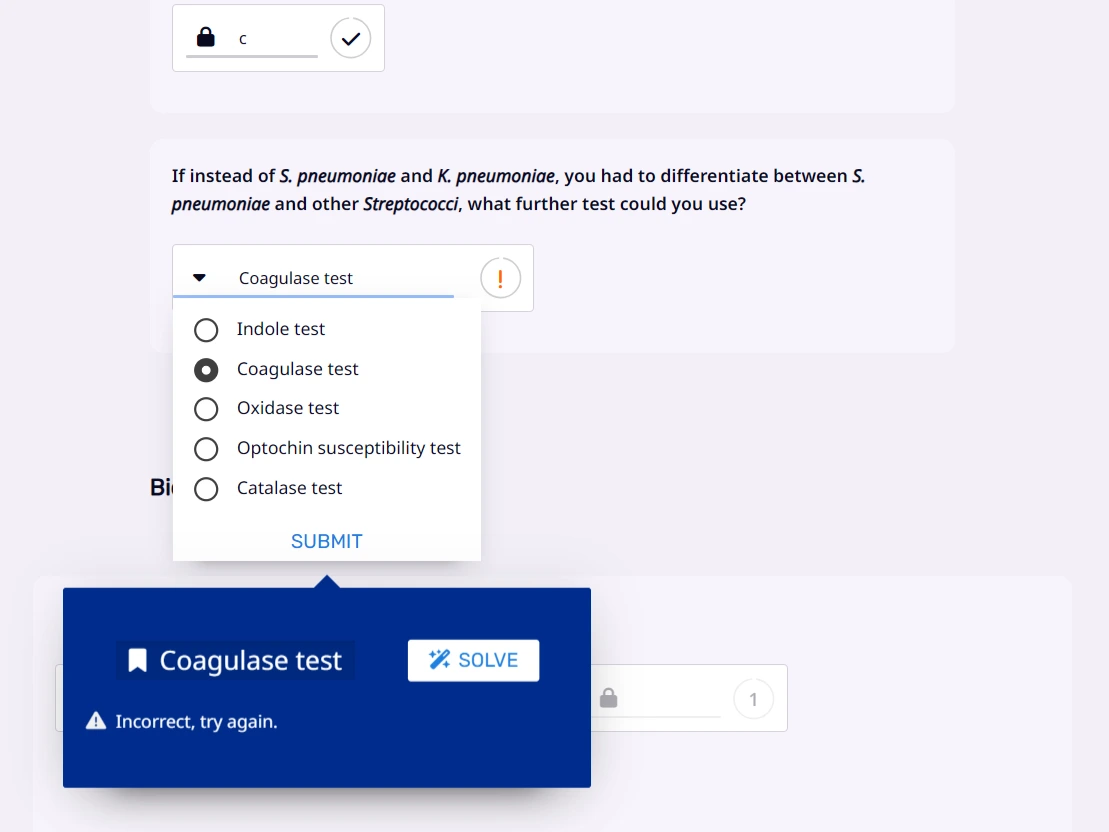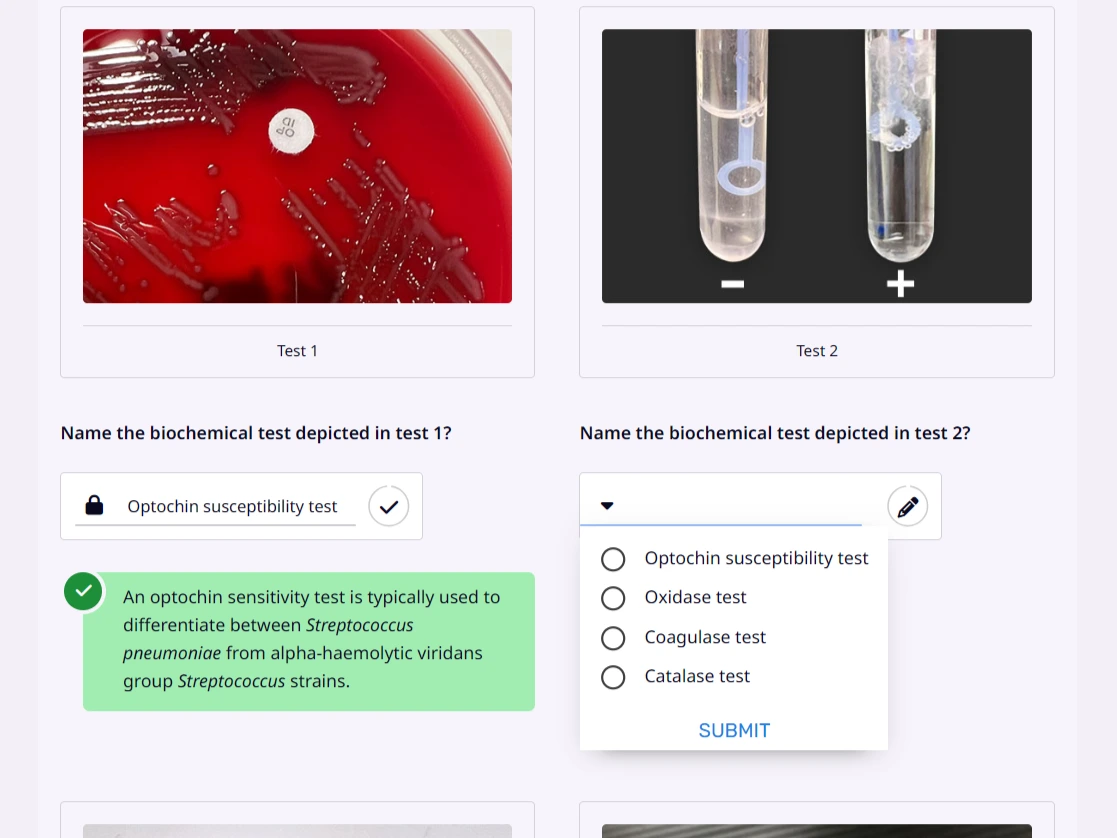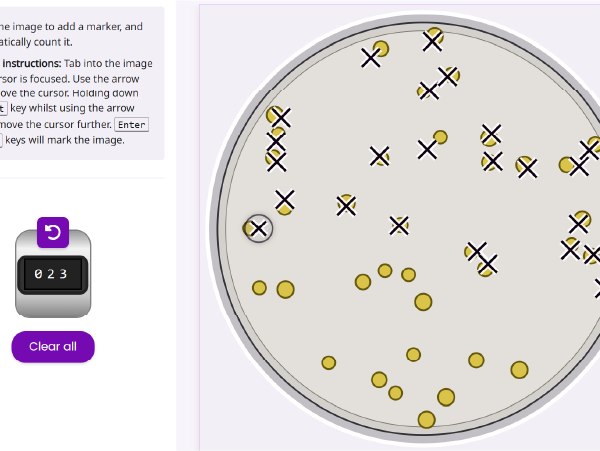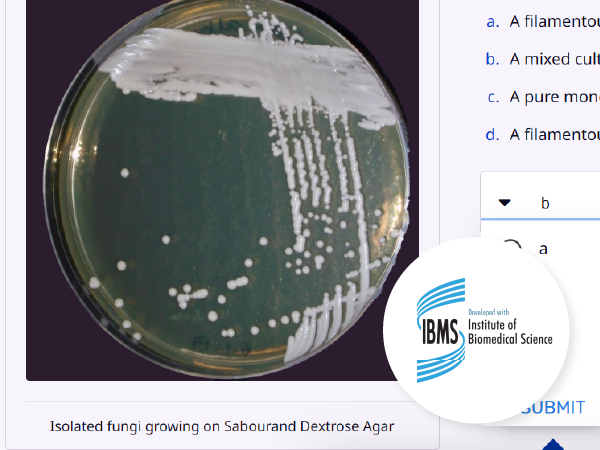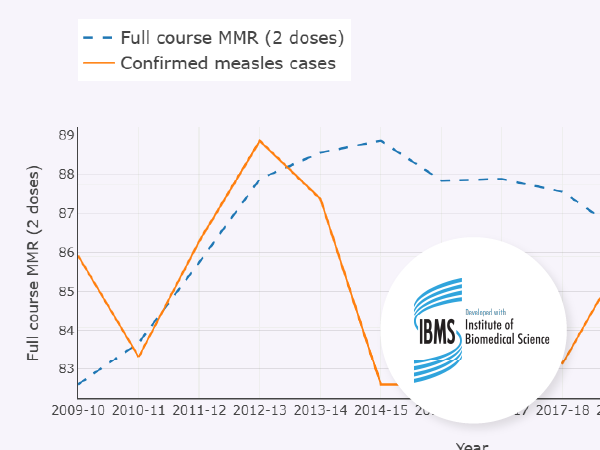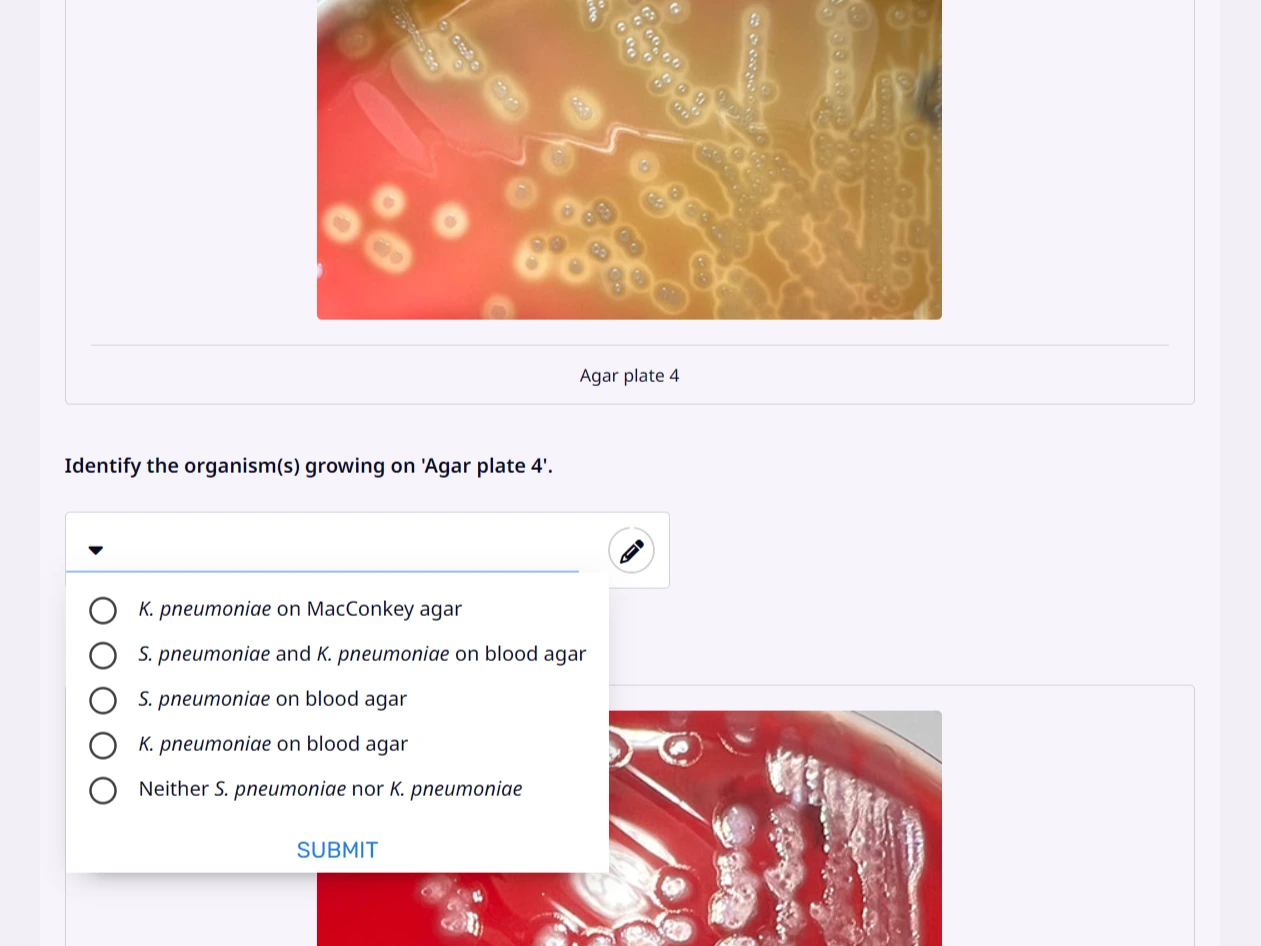
Explore how respiratory pathogens are diagnosed, identify specific methods and pathogens, evaluate molecular PCR data, antimicrobial sensitivity assay data and formulate a clinical diagnosis for different organisms. Engage with antibiotic resistance data and suggest stewardship plans.

